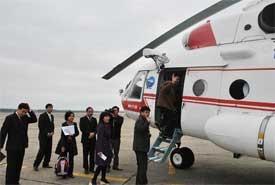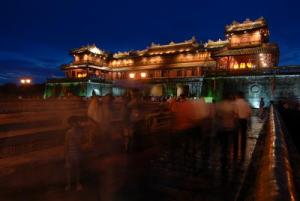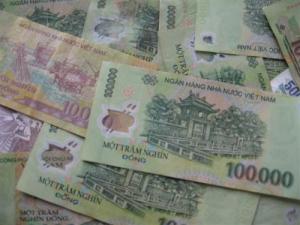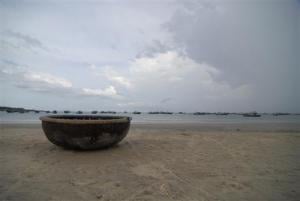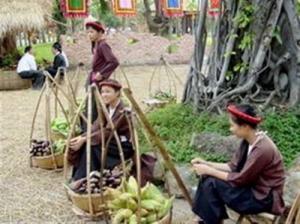Lao Cai Promotes Community-Based Tourism
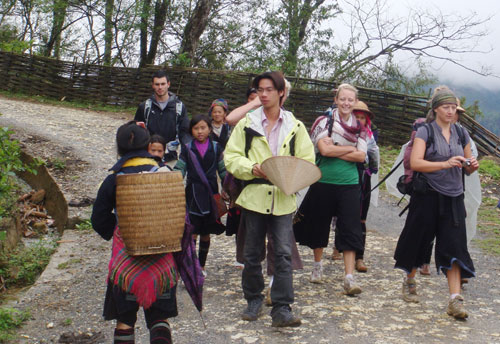
“The number of home-stays in Lao Cai Province has been stepped up from 30 in 2010 to approximately 100 at present,” reported the Lao Cai’s Department of Culture, Sports and Tourism.
Recognizing the benefit from developing community tourism, Lao Cai’s tourism industry piloted a rural community tourism model in villages of Cat Cat and Sin Chai in San Sa Ho Commune, Sapa District in 1998, which has gradually improved the lives of local people. At present, Lao Cai has built up 13 community tourism destinations which are mainly located in Sapa and Bac Ha Districts. It is the community tourism that has brought many benefits to the local ethnic minorities living there.
Community Tourism: A Specialty of the Mountainous Province
Located in the Northwest mountainous region favored by nature with spectacular natural scenery which is pristine, imbued with specific cultural identities of ethnic groups, Lao Cai is one of pioneer provinces in developing community tourism associated with culture and eco tourism.
The province has many favorable factors for the development of tourism in three types: historical and cultural tourism; ecotourism, adventure tourism and concentrated in the areas with the advantage such as the city of Lao Cai, Sapa, Bac Ha.
It is in Sapa where the first community-based tourism initiative in Vietnam took place. Such was launched in February 2001 and lasted until December 2003. Back then tourism for the local ethnic people was nothing new, but people were involved only passively. Having felt the rewards brought about by this unique form of tourism, and having significantly improved the lives of any locals, the number of homestays to date has rapidly increased along with other local tourist activities and related trades.
Strengthening Vietnam’s Tourism Industry
The most significant changes in provincial community tourism began when Lao Cai received funding from the Spanish Government through a project to strengthening Vietnam’s tourism industry as part of implementing the national tourism development strategy for the 2011-2020 period. The project aims to train tourism staff and local women in developing community tourism, supporting green tourism building, and founding Mong panpipe club in Sapa.
So far, Lao Cai has has set up 13 community tourism destinations which are mainly located in the districts of Sapa and Bac Ha. The participation of the locals in the effort benefited them in terms of income generation. The program has helped improved the quality of lives of many families in the province. The annual average revenue per homestay running household in Ta Van Commune may reach VND25-27 million and VND35-40 million in Trung Do Commune.
Responsible Tourism and Sustainability
Apart from providing livelihood to locals, the project aims to raise everyone’s awareness on the restoration, preservation, maintenance of local traditional culture, lifestyles, and production methods.
In spite of the province’s rich tourism resources and community-based tourism activities, tourism services are not plentiful posing a challenge in the industry. Another difficulty is the lack of link among households and tourism facilities.
Lao Cai now aims to develop a sustainable community tourism program between 2013-2017 in which they will focus its investment in planning for tourism infrastructure and product development in Ta Van Giay Village in Ta Van Commune, Sapa District; Trung Do Village in Bao Nhai Commune, Bac Ha District; and Lao Chai Village in Y Ty Commune, Bat Xat District.
At present, the Ta Van Giay destination is the a popular choice for domestic and international tourists for weekend stay because of the various special tourism products they offer including ethnic food and drinks apart from the traditional homestay and folk games.
Trung Do Village has rivers stretching from Lung Khau Nhin Commune, Muong Khuong District, through Ban Me Commune, Si Ma Cai District to Communes of Coc Ly and Bao Nhai, Bac Ha District. This can offer a special tourism product such as boat trips on Chay river, spiritual trips to Trung Do Temple, visits to stilt houses and listening to Tay folk tunes.
Lao Chai Village hopes to bring visitors pristine and simple beauty of terraced fields, spectacular waterfalls, domestic hydraulic rice mortars; unique architecture of soil walled houses, and traditional ethnic dishes.
With the province’s many limitations in infrastructure, roads, geographic distance and management capacity, Lao Cai officials are aware it needs more efforts to boost its tourism making community tourism a key economic sector in the province. In the future and with synchronized and timely solutions, Lao Cai will turn potentials into strengths, make its community-based tourism efforts more effective, and further affirm its pioneer position in developing community-based tourism in the Northwest region and the country in general.




